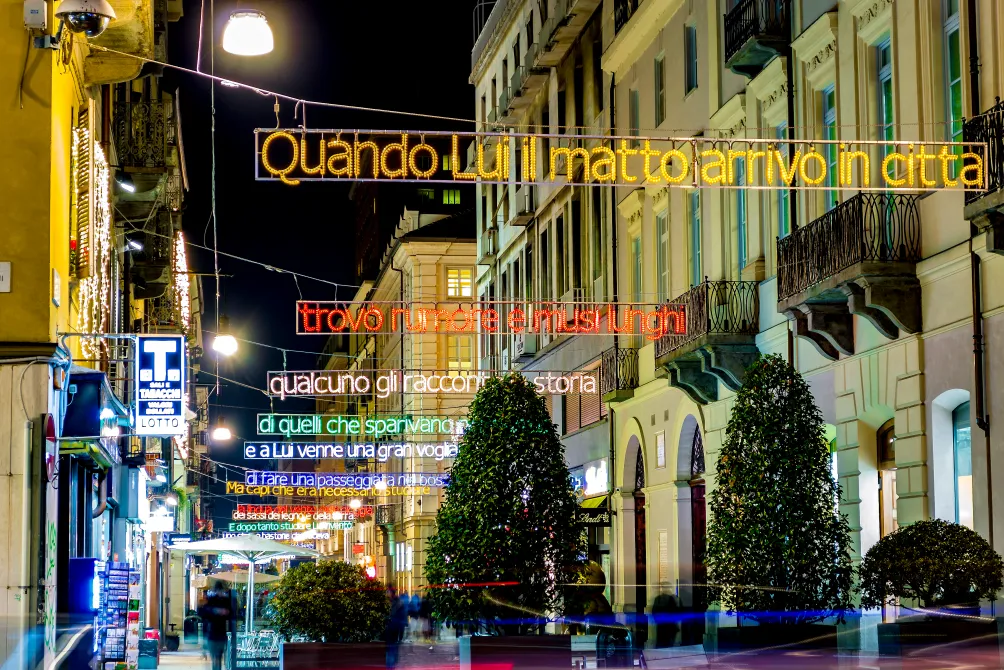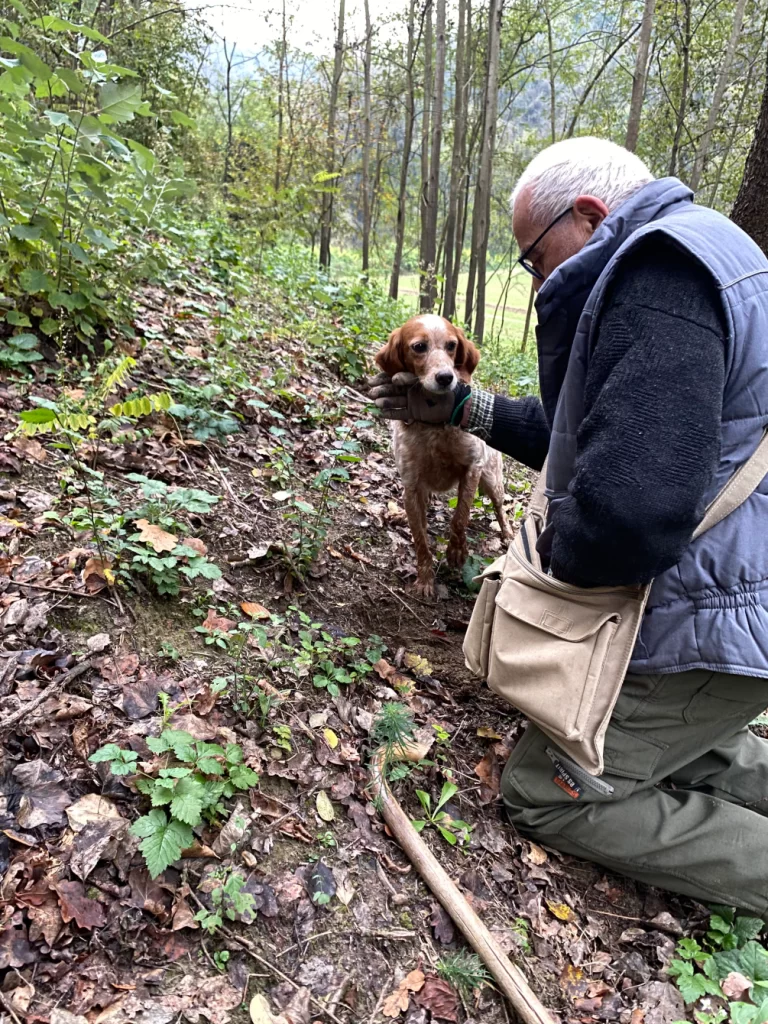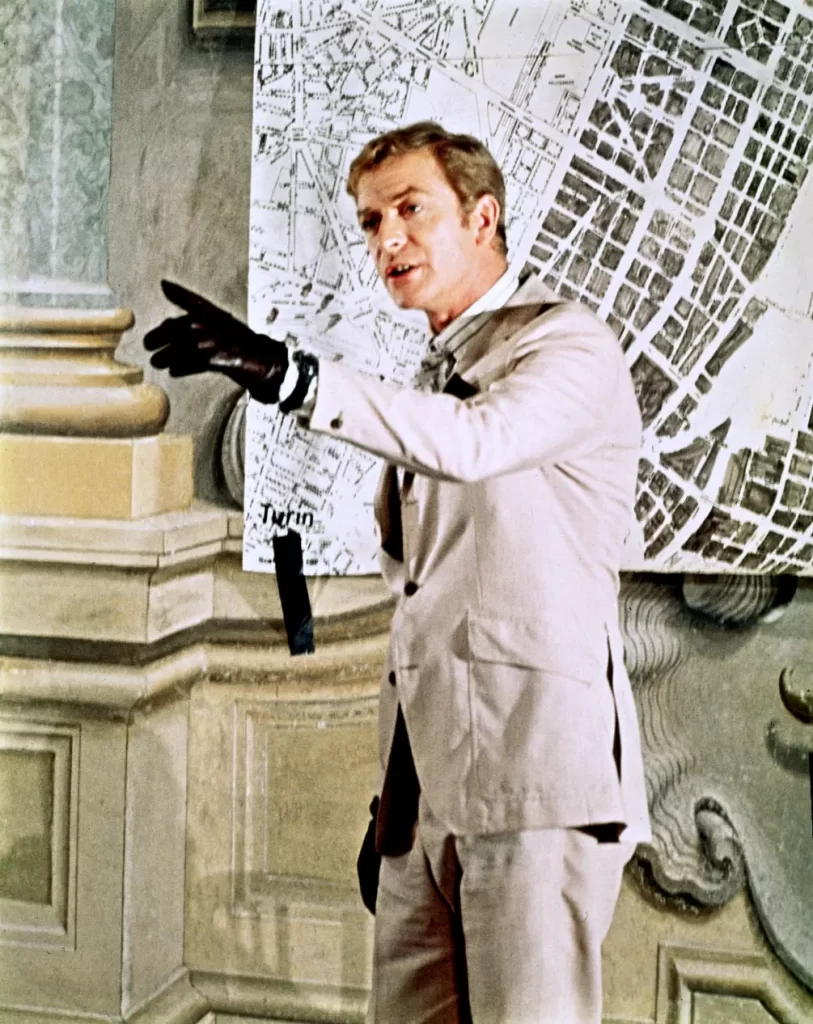News
Truffle Hunting in Piedmont: A Culinary Odyssey Through Italy’s Hidden Gem
Nestled at the foot of the majestic Alps, the Piedmont region beckoned with promises of a unique Italian adventure. My journey, however, took an unexpected turn as I found myself embarking on an authentic truffle-hunting escapade led by Tino and his trusty truffle-hunting dog, Chicca. The air buzzed with excitement as our guide’s enthusiastic cheer, “BRAVA, Chicca!” heralded the discovery of a prized white truffle — a treasure more valuable than gold in this culinary haven. Let’s find out with nowglas.

In Piedmont, where truffles grace nearly every restaurant menu, the experience was not just a culinary pursuit; it was a cultural immersion into the region’s rich gastronomic tapestry. Our £100 white truffle promised to be the pièce de résistance for an evening meal that would forever be etched in my memory.
Piedmont’s capital city, Turin, unfolded as a vibrant tapestry of history, culture, and, most importantly, exquisite cuisine. Porto di Savona, one of the oldest establishments in the city, became my culinary sanctuary. Since 1863, it has been crafting pasta dishes that draw locals and tourists alike. The walls adorned with pictures of celebrities who have graced the restaurant added a touch of historic charm to the ambiance. Gnocchi with Gorgonzola cheese and tagliatelle with wild boar ragout showcased the region’s commitment to traditional yet affordable dishes.

However, my journey went beyond the culinary delights of Turin. As a city that birthed the first known espresso machine in 1884, it stood as a haven for coffee enthusiasts. Turin’s significance in the Italian automotive industry, hosting the headquarters of Fiat and Alfa Romeo, added an industrial edge to its cultural landscape.
See more: Embarking on a Silent Journey: Unveiling the Mystique of Nyepi in Bali
Yet, it was the city’s cinematic history that fueled my imagination. Turin served as the backdrop for the iconic 1969 British film “The Italian Job,” a classic comedy caper featuring a gang of English crooks plotting a gold bullion heist. As I strolled through the streets, I half-expected Michael Caine’s character to come roaring around the corner in a Mini Cooper. The grand staircase of Palazzo Madama, a colossal palace featured in the film, transported me back to one of the most famous car chases in British film history.
The National Museum of Cinema, housed within the Mole Antonelliana tower, celebrated Italy’s film legacy with captivating exhibitions on Italian filmmakers and directors. While the museum offered a comprehensive journey through cinematic history, it was the rooftop views that stole the show. A glass elevator ascended through the heart of the building, treating visitors to panoramic views that were particularly breathtaking on a sunny day.

Turin’s charm extended into the evening with the Luci d’Artista, an annual lights festival that transformed the city into a magical wonderland. After dark, contemporary art installations illuminated Turin’s squares, churches, and monuments, creating a captivating visual spectacle reminiscent of the charm found in Rome or Venice. Unlike these bustling tourist destinations, Turin retained an intimate ambiance, allowing visitors to savor its cultural landmarks without the crush of thousands of tourists.
The locals proudly declare that everything good and Italian was invented by the Piemontesi, and Turin exemplifies this claim. The city, with its cobblestone streets and historic landmarks, invites visitors to immerse themselves in its rich heritage with grace and authenticity.
As I reflect on my truffle-hunting escapade in Piedmont, I realize that each truffle unearthed tells a story, and each corner of Turin whispers the secrets of a city that embraces its legacy with unwavering pride. A journey to Piedmont is not merely a holiday; it is an immersion into the soul of Italy, where culinary excellence, cinematic history, and cultural richness converge to create an unforgettable experience.
See more: Luxury Watches Worth Nearly $13 Million Vanish as Toke Match Owner Flees
